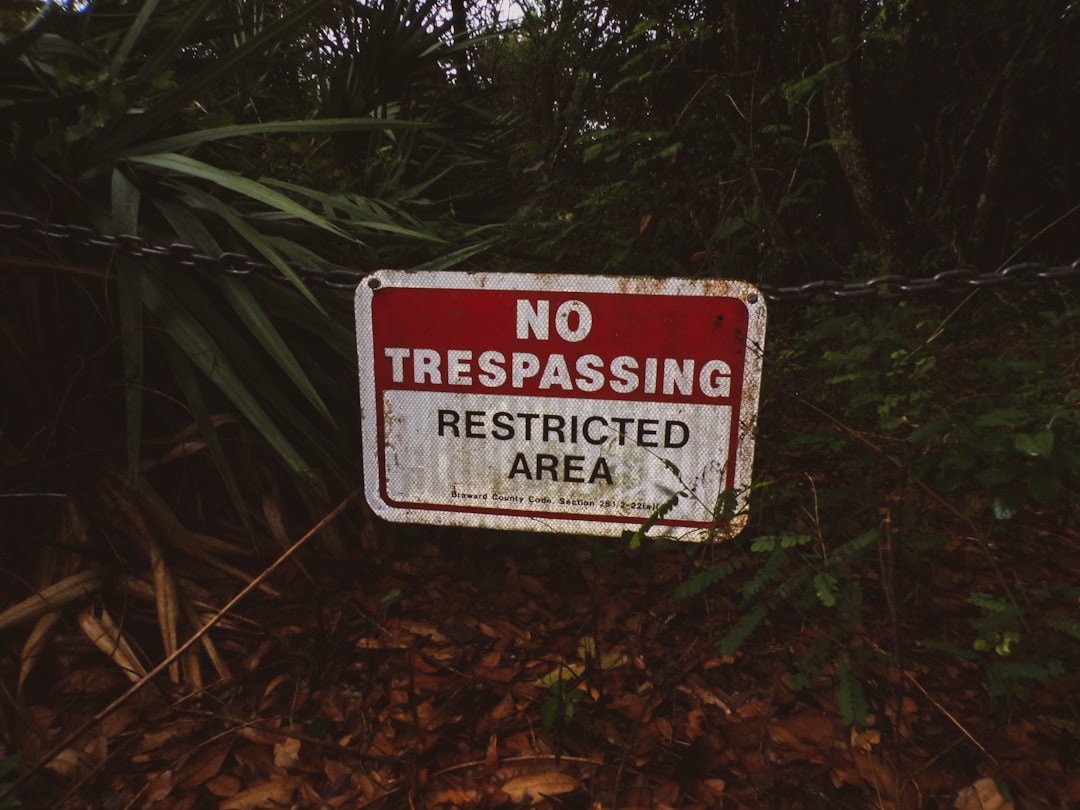The Drake Passage, a body of water situated between the southern tip of South America and Antarctica, is renowned for its tumultuous seas and unpredictable weather. Spanning approximately 600 kilometers (370 miles) in width, it serves as a critical maritime route for vessels traveling to and from the Antarctic region. Named after the English explorer Sir Francis Drake, who navigated these waters in the late 16th century, the passage has become synonymous with both adventure and peril.
Its strategic importance cannot be overstated, as it connects the Atlantic and Pacific Oceans, making it a vital corridor for scientific research, tourism, and commercial shipping. Traveling through the Drake Passage is often described as a rite of passage for adventurers and nature enthusiasts alike. The allure of witnessing the breathtaking landscapes of Antarctica, coupled with the thrill of navigating one of the world’s most challenging maritime routes, draws countless travelers each year.
However, the passage is not without its dangers. The combination of strong currents, high winds, and rapidly changing weather conditions can create treacherous situations for even the most experienced sailors.
Key Takeaways
- The Drake Passage is a body of water between South America’s Cape Horn and the South Shetland Islands of Antarctica, known for its rough seas and challenging sailing conditions.
- Weather in the Drake Passage is unpredictable and can change rapidly, with strong winds, high waves, and potential for storms, making it one of the roughest seas in the world.
- Safety measures for traveling through the Drake Passage include thorough vessel inspections, experienced crew, emergency drills, and proper safety equipment for passengers.
- The Drake Passage is home to diverse wildlife, including whales, seals, and seabirds, and travelers should adhere to strict environmental guidelines to minimize impact on the fragile ecosystem.
- While incidents have occurred in the Drake Passage, choosing the right vessel with modern technology, experienced crew, and adherence to safety regulations can greatly reduce risks.
Weather and Climate in the Drake Passage
The weather in the Drake Passage is notoriously volatile, characterized by rapid shifts that can occur within minutes. This unpredictability is primarily due to its geographical location, where cold polar air masses collide with warmer air from the north. As a result, travelers can experience everything from calm seas to towering waves in a matter of hours.
The passage is particularly known for its strong winds, which can reach speeds of over 60 knots, creating challenging conditions for navigation. The climate in the Drake Passage varies significantly throughout the year. During the summer months, from November to March, temperatures are relatively mild, ranging from 0 to 10 degrees Celsius (32 to 50 degrees Fahrenheit).
However, even in summer, storms can arise unexpectedly, leading to rough seas. In contrast, winter months bring frigid temperatures and increased storm activity, making travel through the passage even more hazardous. Understanding these climatic patterns is crucial for travelers planning their expeditions, as they can significantly impact safety and comfort during the journey.
Safety Measures for Traveling through the Drake Passage

Given the inherent risks associated with traversing the Drake Passage, implementing robust safety measures is paramount for any voyage. First and foremost, travelers should ensure that they are aboard a vessel specifically designed for polar conditions. These ships are equipped with reinforced hulls and advanced navigation systems that enhance safety in turbulent waters.
Additionally, crew members are typically trained in emergency protocols and are well-versed in handling the unique challenges posed by the passage. Preparation is another critical aspect of ensuring safety while traveling through the Drake Passage. Passengers should be briefed on safety procedures before departure, including how to use life jackets and emergency equipment.
It is also advisable for travelers to monitor weather forecasts closely and remain flexible with their itineraries to accommodate changing conditions. By prioritizing safety and being well-prepared, travelers can significantly reduce their risks while navigating this formidable waterway.
Wildlife and Environmental Considerations
| Category | Metrics |
|---|---|
| Wildlife Conservation | Number of protected wildlife species |
| Habitat Preservation | Area of land designated for wildlife habitat |
| Environmental Impact | Carbon footprint reduction initiatives |
| Water Conservation | Amount of water saved through conservation efforts |
The Drake Passage is not only a challenging maritime route but also a vital ecosystem teeming with diverse wildlife. The nutrient-rich waters support an array of marine life, including krill, which serves as a primary food source for many species of whales, seals, and seabirds. Travelers may have the opportunity to witness majestic humpback whales breaching the surface or observe colonies of penguins on nearby islands.
This rich biodiversity makes the passage an attractive destination for wildlife enthusiasts and researchers alike. However, environmental considerations must be taken into account when traveling through this sensitive region. The impact of human activity on marine ecosystems can be profound, particularly in areas frequented by tourists.
It is essential for travelers to adhere to strict guidelines aimed at minimizing their ecological footprint. This includes following designated paths when observing wildlife and ensuring that no waste is left behind. By fostering a culture of environmental stewardship, travelers can help preserve the natural beauty of the Drake Passage for future generations.
History of Incidents in the Drake Passage
The Drake Passage has a storied history marked by numerous incidents that underscore its reputation as one of the most perilous maritime routes in the world. Over the centuries, countless ships have encountered difficulties while navigating its treacherous waters. From capsized vessels to navigational errors leading to collisions with icebergs, these incidents serve as stark reminders of the passage’s dangers.
One notable incident occurred in 1914 when Ernest Shackleton’s ship, the Endurance, became trapped in pack ice while attempting to reach Antarctica. The crew’s harrowing journey to safety after being stranded for months exemplifies the challenges posed by the Drake Passage and its surrounding waters. Such historical events highlight the importance of respecting this formidable environment and understanding its potential hazards.
Choosing the Right Vessel for Passage

Selecting an appropriate vessel for traversing the Drake Passage is crucial for ensuring a safe and comfortable journey. Various types of ships are available for this purpose, ranging from large cruise liners to smaller expedition vessels designed specifically for polar exploration. Each option comes with its own set of advantages and disadvantages.
Larger cruise ships often provide more amenities and comfort but may lack the maneuverability needed to navigate rough seas effectively. In contrast, smaller expedition vessels are typically more agile and better equipped to handle challenging conditions but may offer fewer luxuries. Travelers should carefully consider their priorities—whether they value comfort or adventure—when choosing a vessel for their journey through this iconic passage.
Emergency Response and Rescue Options
In light of the potential dangers associated with traveling through the Drake Passage, having effective emergency response and rescue options in place is essential. Most vessels operating in these waters are equipped with advanced communication systems that allow them to stay in contact with coast guard services and other maritime authorities. This connectivity is vital for coordinating rescue operations should an emergency arise.
Additionally, many expedition companies conduct regular safety drills to prepare both crew members and passengers for potential emergencies. These drills cover various scenarios, including man-overboard situations and medical emergencies. By familiarizing themselves with emergency protocols and knowing how to respond in critical situations, travelers can enhance their safety while navigating this challenging waterway.
Navigation and Route Planning
Effective navigation and route planning are fundamental components of any successful journey through the Drake Passage. Given its unpredictable weather patterns and strong currents, careful consideration must be given to selecting optimal routes that minimize exposure to adverse conditions. Experienced captains often rely on advanced navigational tools and real-time weather data to make informed decisions about their course.
Travelers should also be aware that flexibility is key when planning their itineraries. Conditions in the Drake Passage can change rapidly, necessitating adjustments to planned routes or schedules. By remaining adaptable and open to changes, travelers can enhance their overall experience while ensuring their safety during their journey.
Health and Medical Considerations for Travelers
Health considerations play a significant role in preparing for a journey through the Drake Passage. Travelers should ensure they are physically fit for the voyage, as rough seas can exacerbate pre-existing medical conditions or lead to seasickness. Consulting with a healthcare professional before departure is advisable to address any potential health concerns.
Many expedition ships are equipped with basic medical supplies and have trained personnel on hand to address minor health issues. However, more serious medical emergencies may require evacuation to shore-based facilities, which can be challenging given the remote location of the passage.
Therefore, having comprehensive travel insurance that covers medical emergencies is highly recommended.
Tips for a Safe and Enjoyable Journey
To ensure a safe and enjoyable journey through the Drake Passage, travelers should keep several key tips in mind. First and foremost, dressing in layers is essential due to fluctuating temperatures and weather conditions. Waterproof outer layers can provide protection against wind and rain while allowing for comfort during warmer moments.
Staying hydrated and well-nourished is also crucial during the voyage. The physical demands of traveling through rough seas can take a toll on energy levels, so consuming balanced meals and drinking plenty of water will help maintain stamina throughout the journey. Additionally, engaging with fellow travelers and participating in onboard activities can enhance the overall experience by fostering camaraderie among passengers.
Is the Drake Passage Safe for Travel?
In conclusion, while traversing the Drake Passage presents inherent risks due to its unpredictable weather patterns and challenging maritime conditions, it remains a popular destination for adventurous travelers seeking to explore one of Earth’s last frontiers. With proper preparation, adherence to safety measures, and an understanding of environmental considerations, individuals can embark on this journey with confidence. Ultimately, whether or not one deems the Drake Passage safe for travel depends on individual perspectives regarding risk versus reward.
For those willing to embrace adventure while prioritizing safety measures and environmental stewardship, navigating this iconic waterway can be an unforgettable experience filled with breathtaking landscapes and remarkable wildlife encounters.
When considering the safety of the Drake Passage, it’s essential to understand the unique challenges it presents to sailors and travelers. The Drake Passage, known for its unpredictable weather and rough seas, is a critical route for those venturing to Antarctica. For a deeper understanding of the geographical and navigational aspects of this treacherous passage, you might find this related article insightful. It provides valuable information on the factors that contribute to the passage’s notorious reputation and offers tips for those planning to traverse this formidable stretch of water.
WATCH NOW! Drake Passage: Earth’s Deadliest Waters Revealed
FAQs
What is the Drake Passage?
The Drake Passage is the body of water between the southern tip of South America and the northern tip of the Antarctic Peninsula. It is known for its rough seas and challenging sailing conditions.
Is the Drake Passage safe to travel through?
The Drake Passage is notorious for its rough seas and strong winds, making it a challenging and potentially dangerous route to travel through. However, with modern technology and experienced crew, it is possible to safely navigate the passage.
What are the main safety concerns in the Drake Passage?
The main safety concerns in the Drake Passage are the rough seas, strong winds, and potential for extreme weather conditions. These factors can make sailing through the passage difficult and potentially hazardous.
Are there any safety measures in place for traveling through the Drake Passage?
Expedition cruise ships and vessels that travel through the Drake Passage are equipped with modern navigation and safety equipment, as well as experienced crew who are trained to handle the challenging conditions. Additionally, weather monitoring and communication with other vessels and land-based support are used to ensure safe passage.
What should travelers consider before embarking on a journey through the Drake Passage?
Travelers should consider their own comfort level with potentially rough seas and strong winds, as well as any potential health concerns related to motion sickness or sea conditions. It is also important to choose a reputable and experienced cruise or expedition company with a proven track record of safely navigating the passage.
